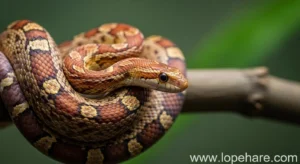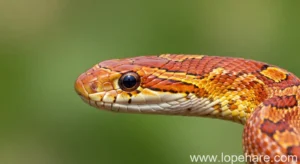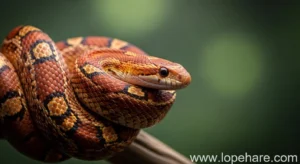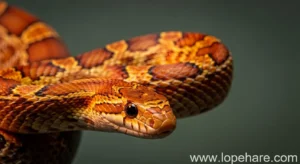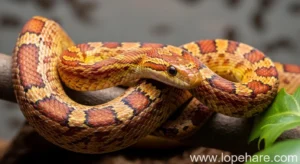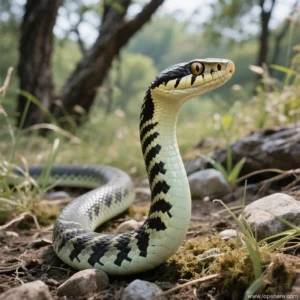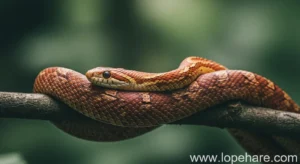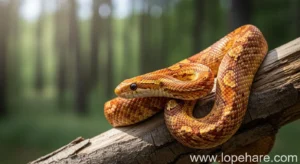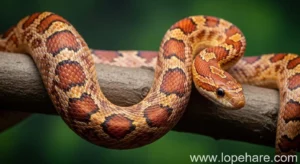Temperature and Humidity Requirements for a Healthy Corn Snake
Welcome back to the lopehare blog! As editors dedicated to providing comprehensive information on niche pets, we know that understanding the fundamental environmental needs of your animal is paramount to their well-being. For corn snakes (Pantherophis guttatus), two of the most critical factors are temperature and humidity. Getting these right isn’t just recommended; it’s essential for preventing common health issues and ensuring your corn snake thrives.
Why Temperature Matters for Corn Snakes
Like all reptiles, corn snakes are ectothermic, meaning they rely on external sources to regulate their body temperature. In their natural habitat, they move between warmer and cooler areas to achieve their preferred body temperature, which allows their metabolic processes, like digestion and immune function, to work correctly. In captivity, we must replicate this by providing a temperature gradient within their enclosure.
Specific Temperature Needs: The Gradient
A proper corn snake setup requires distinct temperature zones:
- Warm Side/Basking Spot: While corn snakes don’t typically bask under a hot lamp like a lizard, they need a warm spot to aid digestion after eating. This area should ideally range from 85°F to 88°F (29.4°C to 31.1°C). This is usually achieved with an under-tank heater (UTH) connected to a thermostat.
- Cool Side: The opposite end of the enclosure should provide a cooler retreat, typically ranging from 70°F to 75°F (21.1°C to 23.9°C). This allows the snake to cool down and regulate its temperature if needed.
- Ambient Temperature: The overall temperature throughout the enclosure should remain comfortably between the warm and cool extremes, ideally in the mid-70s°F (around 24-25°C).
Nighttime Temperatures: It’s acceptable, and even beneficial, for the temperature to drop slightly at night, mirroring natural conditions. A drop into the low to mid-70s°F (around 22-24°C) on the warm side and the upper 60s°F (around 19-21°C) on the cool side is generally fine, provided it doesn’t go below 65°F (18°C).
Maintaining these specific ranges ensures your corn snake can thermoregulate effectively, leading to better digestion, metabolism, and overall health. Incorrect temperatures can lead to serious issues like regurgitation (if too cool) or fatal overheating (if too hot).
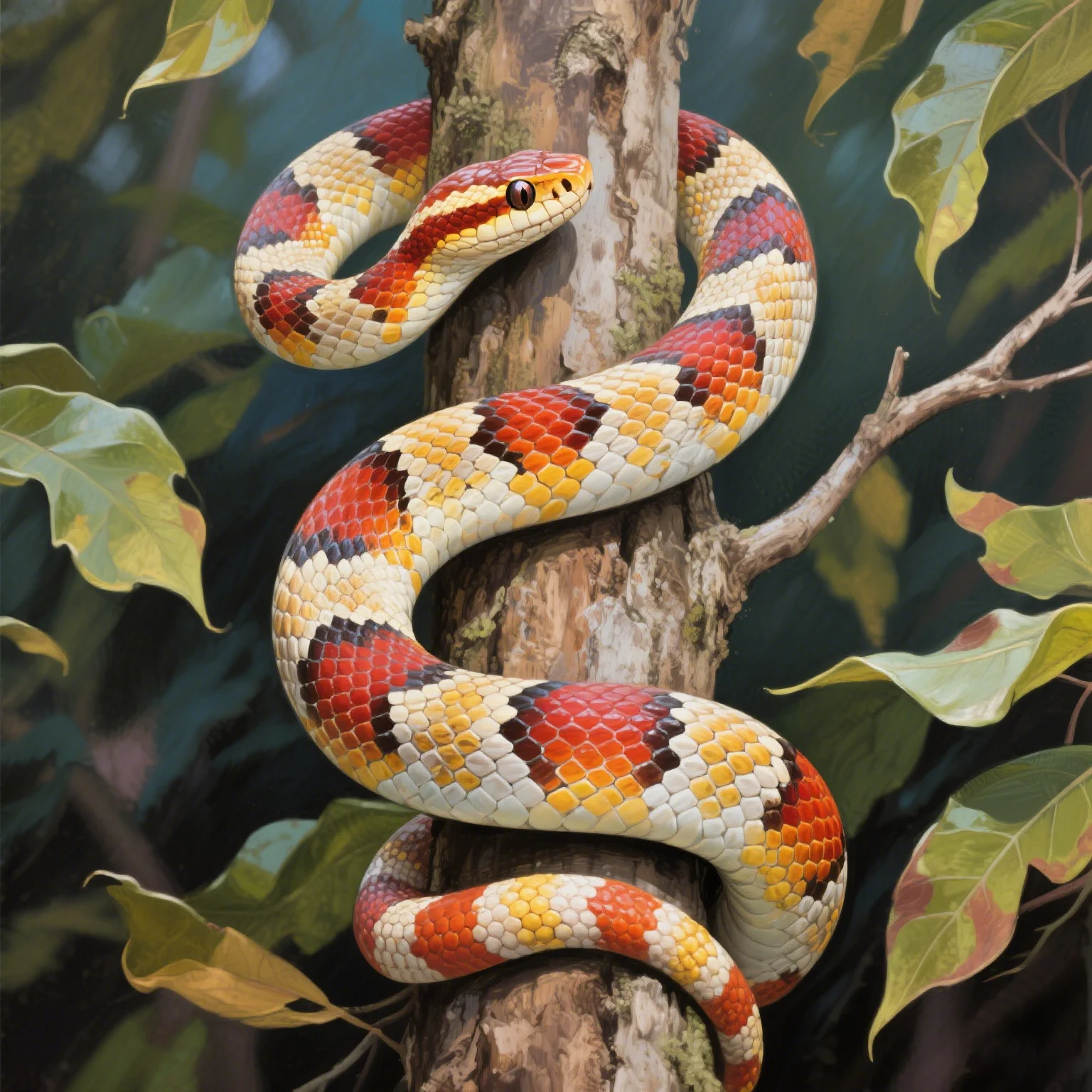
Why Humidity Matters for Corn Snakes
Humidity, the amount of moisture in the air, is just as vital as temperature. Proper humidity levels are crucial for successful shedding and maintaining respiratory health. Too low humidity can lead to incomplete or difficult sheds (dysecdysis), stuck eye caps, and dehydration. Too high humidity, especially combined with poor ventilation, can result in respiratory infections and scale rot.
Specific Humidity Needs
The ideal temperature and humidity for corn snakes falls within a relatively moderate range compared to tropical species. Most experts recommend maintaining humidity between 40% and 60%. This range supports healthy shedding without promoting bacterial or fungal growth associated with excessive dampness.
Achieving and Maintaining Humidity
Here’s how to manage humidity in a corn snake enclosure:
- Substrate Choice: Using appropriate substrates like aspen shavings, cypress mulch, or coconut fiber can help retain some moisture. Avoid substrates that hold too much water or get dusty.
- Water Dish: A appropriately sized water dish placed on the cooler side of the enclosure contributes to ambient humidity through evaporation. Ensure the water is always clean.
- Humid Hide: Providing a humid hide is essential, especially when your snake is in shed. This is a small container with a moist substrate (like sphagnum moss) that the snake can enter when it needs extra humidity.
- Mistinguette: Occasional light misting of the enclosure can help temporarily boost humidity, but be careful not to make the substrate consistently wet.
- Ventilation: Proper ventilation (usually provided by a screen top or side vents) is key to allowing fresh air circulation and preventing stagnant, humid air, which is a breeding ground for pathogens.
Balance is Key: The goal is to provide moisture without creating a constantly wet environment. A substrate that feels slightly damp but not saturated, combined with good airflow, is ideal.
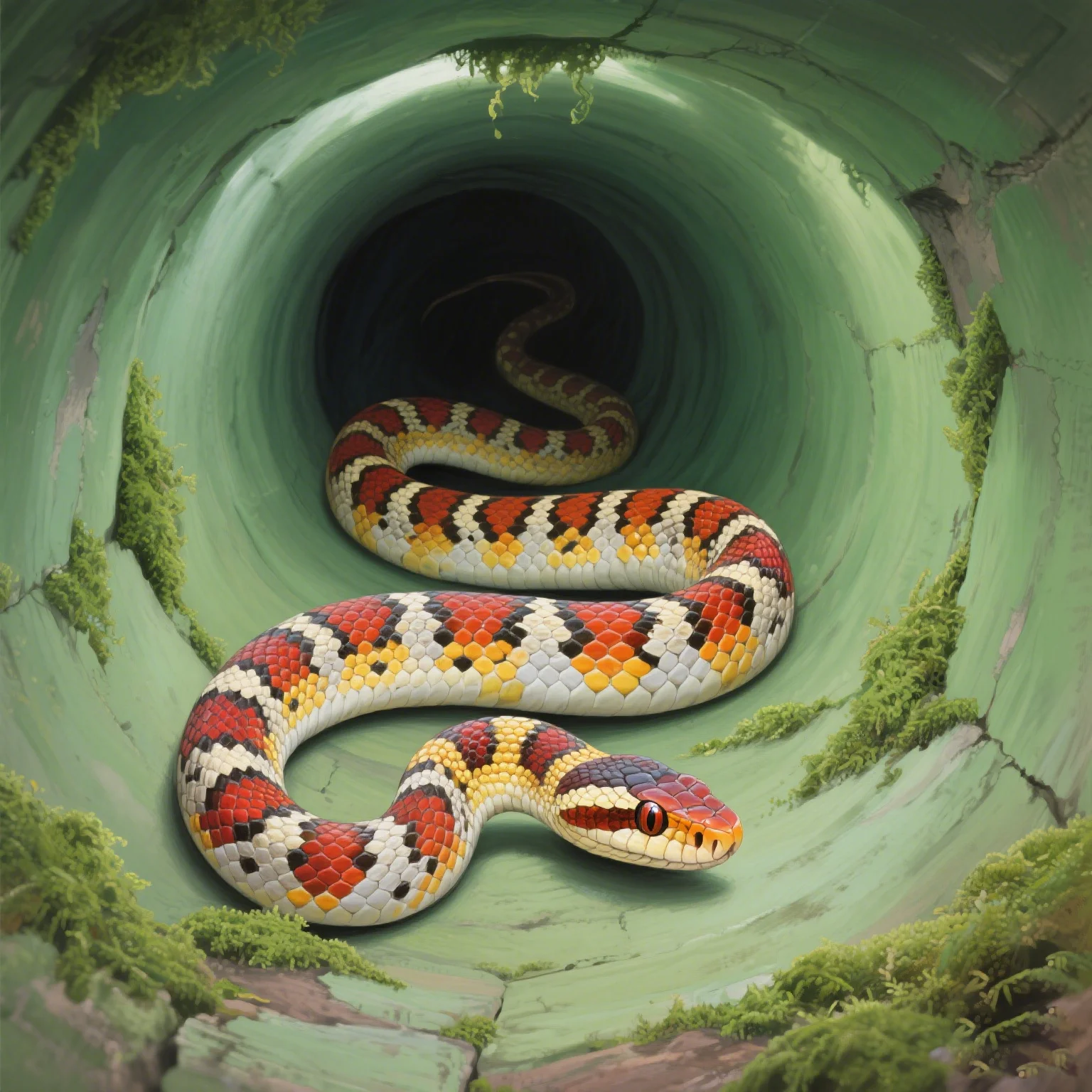
Monitoring is Crucial
You can’t manage what you don’t measure! Reliable monitoring tools are non-negotiable for successful corn snake keeping:
- Thermometers: Use digital thermometers with probes placed at both the warm and cool ends of the enclosure to monitor the temperature gradient accurately. Stick-on analog thermometers are often inaccurate and unreliable.
- Hygrometer: A digital hygrometer should be used to measure humidity levels, ideally placed somewhere in the middle of the enclosure, away from the water dish or humid hide.
- Thermostat: Any heating element, especially an under-tank heater or heat lamp, *must* be connected to a thermostat to prevent overheating and maintain precise temperatures. Do not rely on adhesive alone.
Regularly checking these gauges (at least daily) allows you to catch and correct any fluctuations before they negatively impact your snake’s health. Consistency is key.
Common Issues From Incorrect Levels
Getting temperature and humidity wrong is a leading cause of health problems in captive corn snakes. Recognizing the signs is important:
- Too Low Humidity: Incomplete sheds (retained pieces of skin, especially on the tail tip or as retained eye caps), difficulty moving, dull appearance even when not in shed. Achieving the best humidity level for corn snake shedding is vital for this natural process.
- Too High Humidity (especially with poor ventilation): Respiratory infections (often indicated by wheezing, clicking sounds when breathing, or mucus around the mouth/nostrils), scale rot (discolored, often black or brown, wet-looking scales, particularly on the belly).
- Too Low Temperature: Lethargy, lack of appetite, inability to digest food properly leading to regurgitation.
- Too High Temperature: Excessive movement and trying to escape the heat, open-mouth breathing (a sign of severe distress), lethargy, and potentially fatal heatstroke.
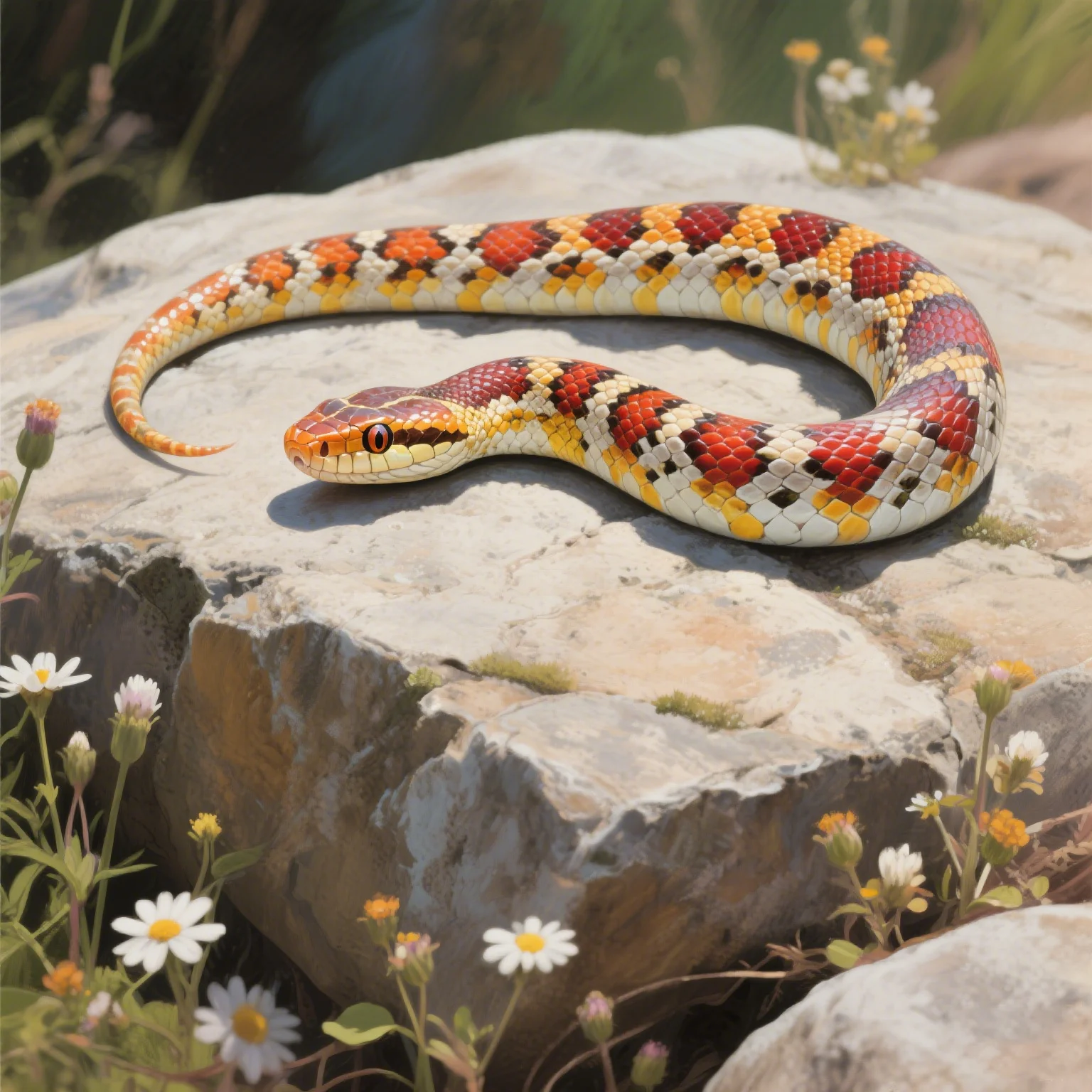
Conclusion: Mastering the Environment
For us at lopehare, promoting responsible pet ownership starts with understanding the core needs of the animals we choose to bring into our homes. For corn snakes, temperature and humidity are not merely environmental details; they are fundamental pillars of health and longevity. While corn snakes are often recommended as good beginner snakes, mastering these environmental parameters requires attention to detail and consistent effort. By providing the correct temperature gradient and maintaining appropriate humidity levels, monitored with accurate tools, you are giving your corn snake the best possible chance for a healthy, happy life. It’s an investment of time and care that truly pays off in the well-being of your fascinating pet.
Need More Help? If you’re setting up your first corn snake enclosure or troubleshooting existing issues, consult our detailed snake pet care guides on lopehare.com for in-depth advice on all aspects of corn snake husbandry.
References
- Wikipedia: Corn snake
- Additional information gathered from standard reptile husbandry resources and veterinary guides.
// Simple script to generate TOC – this would ideally be done server-side or with a more robust JS library
document.addEventListener(‘DOMContentLoaded’, function() {
const tocList = document.querySelector(‘.toc-sidebar ul’);
const articleBody = document.querySelector(‘.article-body’);
const headings = articleBody.querySelectorAll(‘h2, h3’);
headings.forEach(heading => {
const id = heading.id || heading.textContent.replace(/\s+/g, ‘-‘).toLowerCase().replace(/[^a-z0-9-]/g, ”);
heading.id = id; // Ensure heading has an ID
const listItem = document.createElement(‘li’);
const anchor = document.createElement(‘a’);
anchor.href = ‘#’ + id;
anchor.textContent = heading.textContent;
listItem.appendChild(anchor);
tocList.appendChild(listItem);
});
});
